ScotRail has defended the safety of its InterCity 125 locomotives after a crash in Broughty Ferry during Storm Gerrit.
A tree collided with the train near Orchar Park as it travelled between Aberdeen and Glasgow on Wednesday.
Dramatic pictures showed the driver’s cab destroyed after the collision.
No injuries were reported, but the incident prompted train drivers’ union Aslef to brand the British Rail Class 43 (HST) locomotive “outdated”.
The union wrote on X, formerly known as Twitter: “Shocking event that’s happened at Broughty Ferry. The outdated HST hit a tree.
“Driver reacted superbly and is shaken but not hurt.
“We continue dialogue with ScotRail over the future of these trains on the railway.”
The fastest diesel powered train in the world, the HST class trains have been in use on the British railway since 1976.
Glasgow MSP Paul Sweeney also shared his concerns about the safety of the trains.
He said: “Whilst a British railway icon, the crashworthiness of the 125 does not meet modern standards. The driver’s cab is a fibreglass shell.”
Asked about the criticism, Scotrail defended the safety record of the type of locomotive involved in the crash at Broughty Ferry.
‘The trains have a good safety record’
David Lister, ScotRail safety, engineering & sustainability director, said: “The high speed trains have operated across Britain for many years with a good safety record.
“These trains have received all the necessary legal and safety certifications authorising them as safe to operate on the UK rail network.
“The safety of our customers and our staff is our absolute priority, and we only operate trains that meet the stringent safety requirements expected of our fleet.
“We have already met with Aslef to discuss their concerns regarding the HSTs, and further meetings are being planned.”
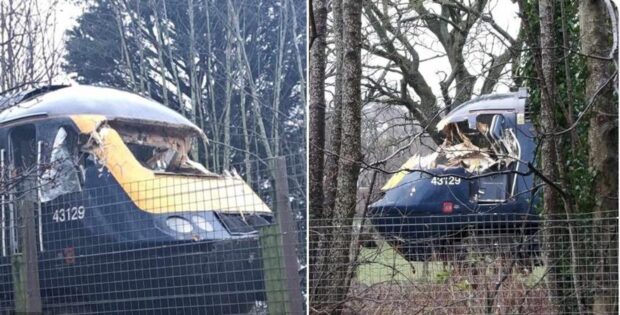
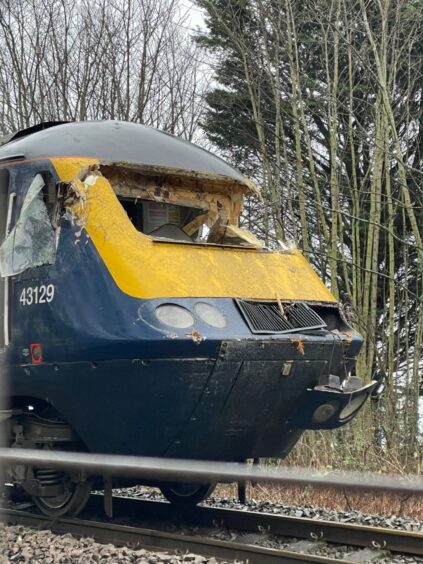
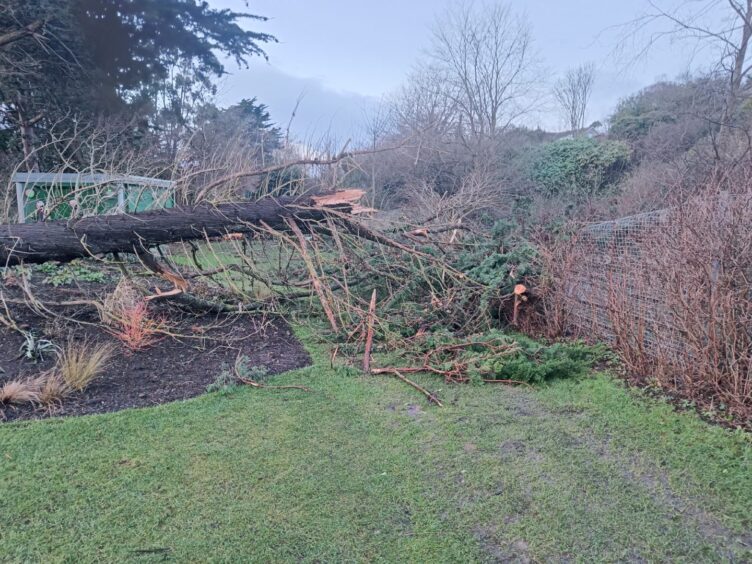
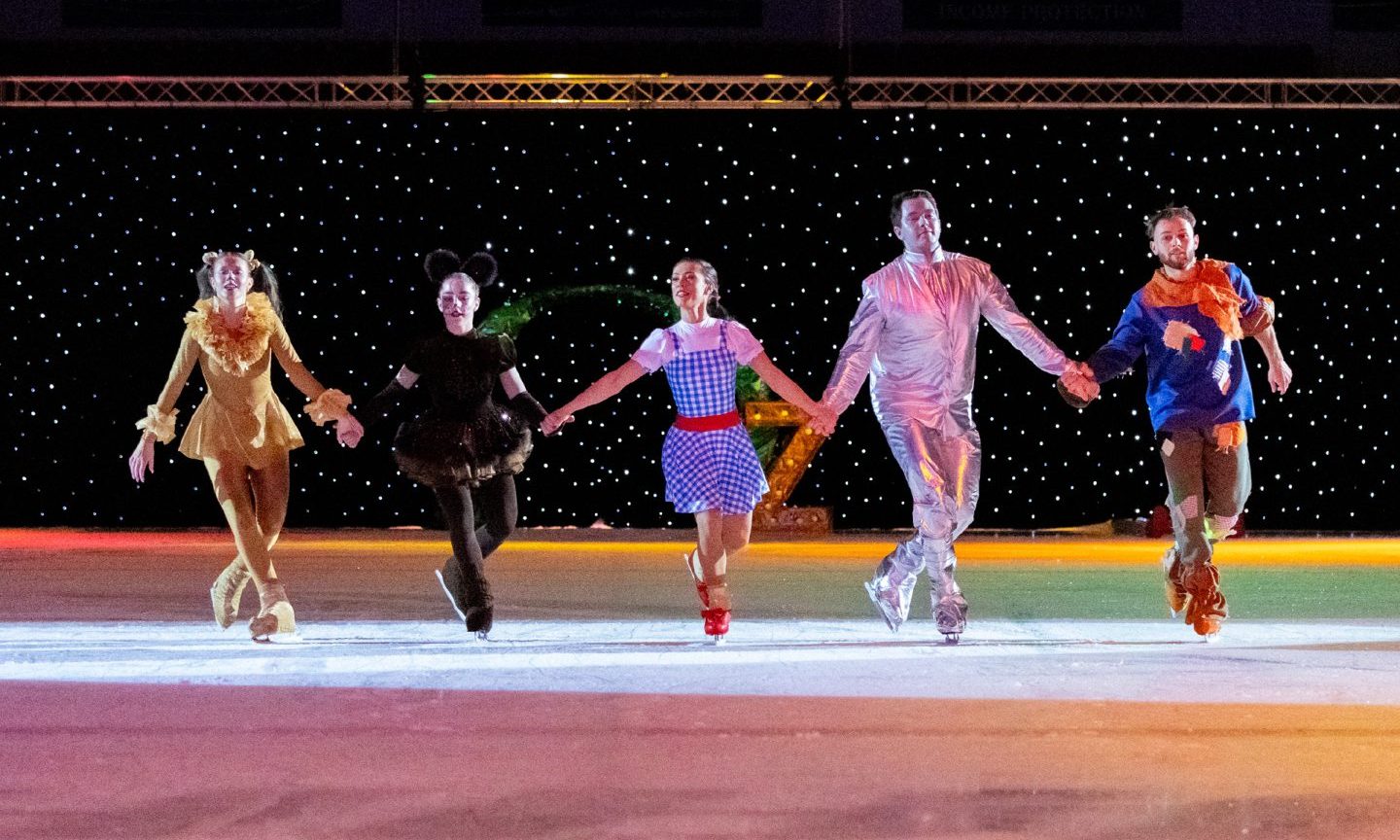



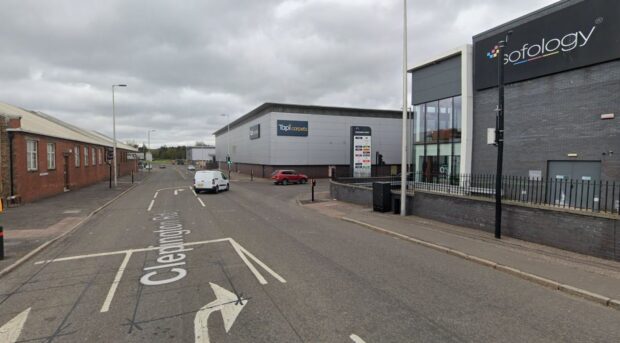
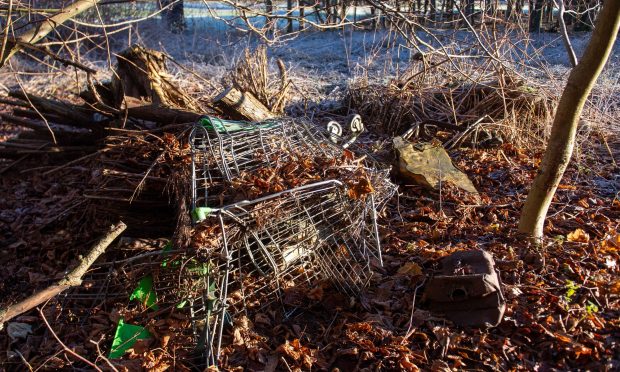
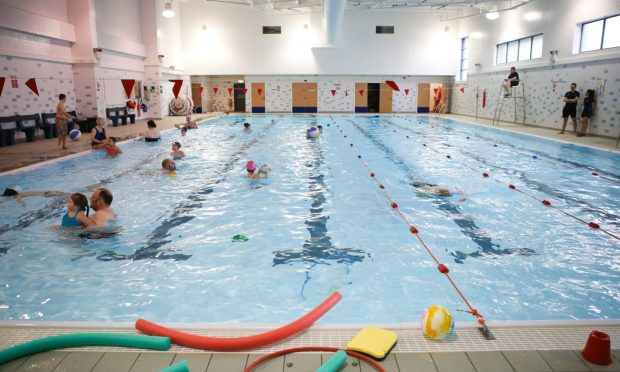



Conversation